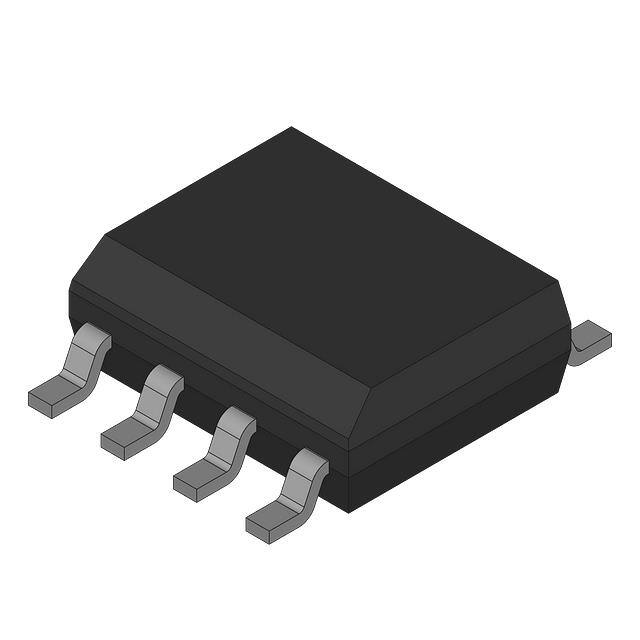Some knowledge about LEDs and answers to common questions
What is LED ?
LED (Light Emitting Diode) is an electronic device that converts electrical energy into light energy through semiconductor materials. When current passes through the LED, electrons and holes recombine in the semiconductor, releasing photons to generate light. This technology is widely used in lighting, display screens, electronic equipment indicator lights and other scenarios.
Main features of LED
High efficiency and energy saving: LEDs have high photoelectric conversion efficiency and are more energy-efficient than traditional incandescent and fluorescent lamps because they generate almost no heat energy and more electrical energy is converted into light energy.
Long life: The life of LEDs is usually between 25,000 and 100,000 hours, which greatly exceeds traditional light sources and has low maintenance costs.
Durable: LEDs have strong shock resistance and good durability because they have no fragile glass parts or filaments.
Fast response speed: LEDs light up and turn off very quickly, so they perform well in situations that require fast switching, such as car lights, traffic lights, etc.
Small and compact: LEDs are very small and can be made into various sizes, which are very suitable for devices with high space requirements.
Applications of LEDs
Lighting: LEDs are widely used for energy-saving lighting in homes, streets, businesses and other places.
Displays: Including LED displays, TV screens, etc., these displays display images through LED light.
Indicator lights: Such as status indicators in home appliances, cars and electronic devices.
Backlight: Backlight for LCD displays.
LEDs are widely used in display screens, lighting equipment, signal indicators and other fields. Due to their energy-saving, high-efficiency, long life and environmental protection characteristics, they have gradually replaced many traditional light sources.
FAQ about LED
How does LED work ?
LEDs are made of a specific semiconductor material. When current passes through the material, electrons jump from the conduction band to the valence band and combine with holes. This process releases energy, which is expressed in the form of light. Depending on the semiconductor material, LEDs can emit light of different colors.
Can you cut LED strips ?
Yes, LED strips can be cut, but they need to be cut at designated locations. Most LED strips are designed with clear cut points marked on the strip, which are usually located between two copper pads and marked as a cut line (usually with a scissor symbol or a dotted line on it). Only by cutting at these specific cut points can the strip be guaranteed to work properly and not damage the strip's circuit.
How to install LED strips ?
1.Cutting strips: Most LED strips have marked cut lines, and they can only be safely cut at these marks. Make sure to cut at designated locations to avoid damaging the circuit.
2.Prepare power supply and controller: If the strip supports dimming or color control, install an LED controller. The controller is connected between the strip and the power supply, allowing you to adjust the brightness or color.
3.Connect the strip: Connect the positive and negative poles of the strip to the positive and negative poles of the power supply, ensuring the polarity is correct.
4.Install the strip: Stick the strip to the wall, ceiling, cabinet, etc. where you want to install it. Make sure it is flat and avoid pulling or twisting the strip.
5.Connect the power supply: Connect the strip to the power adapter and then plug it into the power supply. Make sure the power outlet is in the right place and the wires are not hanging too long.
6.Test the strip: Turn on the power and check if the LED strip is working properly. If a controller is installed, you can adjust the brightness or color to make sure all functions are normal.
How to connect the LED strip ?
If the strip is cuttable, make sure to connect the wires at both ends correctly after cutting. You can use a connector or connect it by soldering. Connect the positive and negative poles of the strip to the positive and negative poles of the power supply, making sure the polarity is correct.
Do LED lights last longer than old lights ?
Compared with traditional incandescent and fluorescent lamps, LED lights have a longer service life, usually up to tens of thousands of hours.
How long does an LED light last ?
The life of an LED is usually between 25,000 and 100,000 hours, which greatly exceeds traditional light sources and has low maintenance costs.
Why LEDs flicker ?
LED flicker is usually caused by problems with the power supply, circuit, driver, or dimmer. Most flicker problems can be solved by checking whether the power supply is matched, ensuring dimmer compatibility, troubleshooting wiring faults, using the right driver, LED aging, etc.
How do I know how many amps my LED will use ?
Find the power (watts, W) of the LED light and the operating voltage (volts, V) of the LED light.
Dividing the power (W) by the voltage (V) gives the current (amperes, A) required by the LED light.
Can LED lights emit UVC spectrum light ?
Currently available ordinary LED lights cannot emit light in the UVC spectrum, but specially designed UVC LED lights can emit ultraviolet light in the UVC spectrum (wavelength range between 200 and 280 nanometers).
Why LEDs cannot display true black ?
LED lights cannot display true black because they rely on the backlight system and cannot completely turn off the backlight. OLED technology can completely turn off the pixels through self-luminous pixels to achieve pure black.


